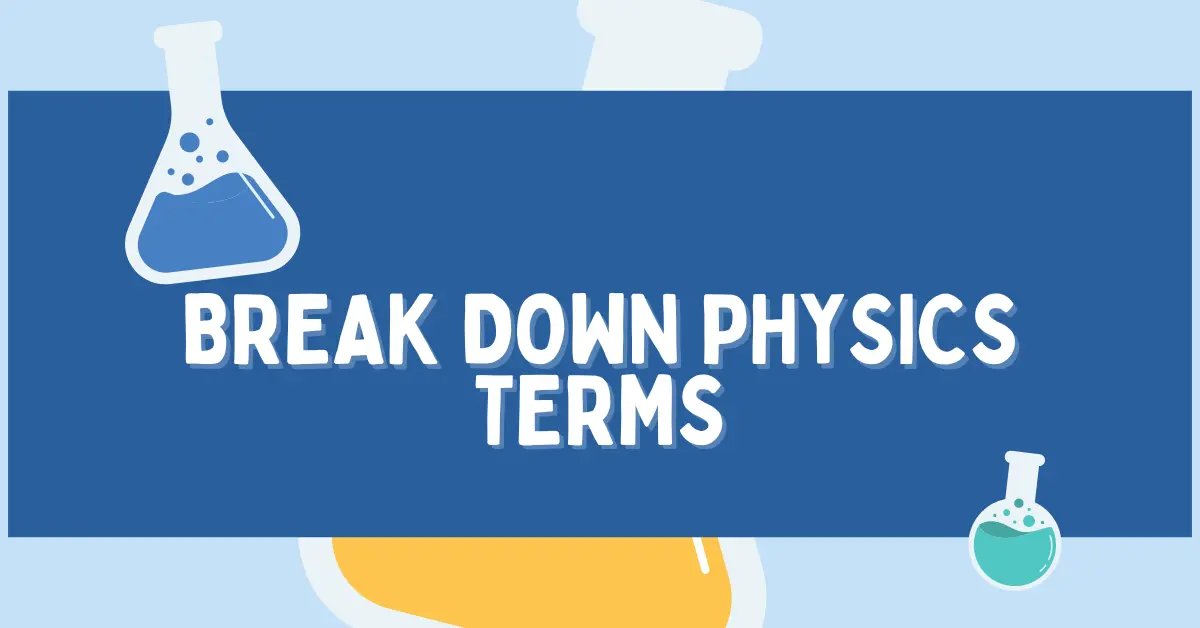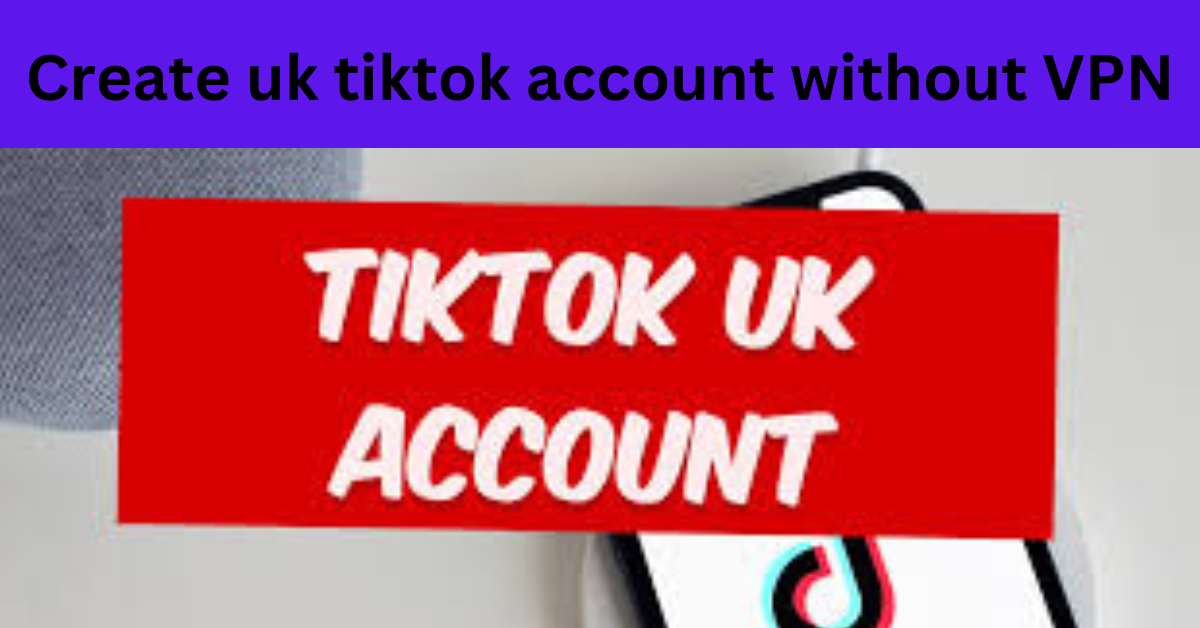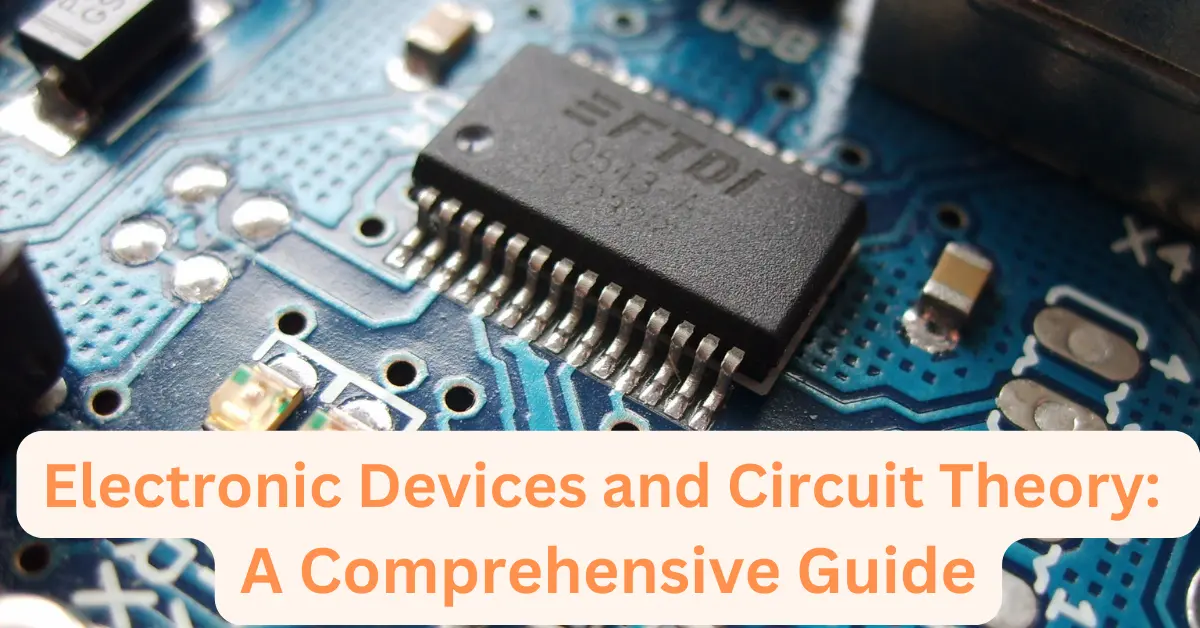Physics, the science of matter, energy, and the interactions between them, is fundamental to our understanding of the universe. This comprehensive guide will delve into essential physics terms, breaking them down for better comprehension. Whether you are a student, educator, or just curious about the laws governing our world, this article aims to demystify complex concepts.
Basic Concepts in Physics
Matter
Matter is anything that occupies space and has mass. It is the substance of which all physical objects are made. Matter exists in various states, primarily solid, liquid, gas, and plasma. Understanding matter is crucial as it forms the foundation for studying physics.
Energy
Energy is the capacity to do work. It can exist in various forms such as kinetic energy, potential energy, thermal energy, and more. The principle of conservation of energy states that energy cannot be created or destroyed, only transformed from one form to another.
Force
Force is an interaction that causes an object to change its motion. It is a vector quantity, having both magnitude and direction. Common types of forces include gravitational, electromagnetic, and nuclear forces.
Work
In physics, work is done when a force causes an object to move. The formula for work is: Work=Force×Distance×cos(θ)\text{Work} = \text{Force} \times \text{Distance} \times \cos(\theta) where θ\theta is the angle between the force and the direction of motion.
Mechanics
Motion
Motion is the change in position of an object over time. It is described in terms of displacement, distance, velocity, acceleration, and time. Understanding motion is essential for analyzing the dynamics of physical systems.
Newton’s Laws of Motion
Sir Isaac Newton formulated three fundamental laws of motion that describe the relationship between a body and the forces acting upon it:
- First Law (Law of Inertia): An object remains at rest or in uniform motion unless acted upon by a force.
- Second Law: The acceleration of an object is proportional to the net force acting upon it and inversely proportional to its mass. This is expressed as F=maF = ma.
- Third Law: For every action, there is an equal and opposite reaction.
Momentum
Momentum is the product of an object’s mass and its velocity. It is a vector quantity and is conserved in isolated systems. The principle of conservation of momentum is fundamental in understanding collisions and interactions in physics.
Kinematics
Kinematics is the branch of mechanics that describes the motion of objects without considering the causes of motion. Key equations in kinematics involve variables such as displacement, velocity, acceleration, and time.
Thermodynamics
Temperature
Temperature is a measure of the average kinetic energy of the particles in a substance. It determines the direction of heat transfer between bodies.
Heat
Heat is the transfer of thermal energy between systems due to a temperature difference. It can be transferred via conduction, convection, and radiation.
Laws of Thermodynamics
The laws of thermodynamics govern the principles of heat and energy transfer:
- Zeroth Law: If two systems are each in thermal equilibrium with a third system, they are in thermal equilibrium with each other.
- First Law: Energy cannot be created or destroyed, only transferred or transformed (conservation of energy).
- Second Law: The entropy of an isolated system never decreases; it either increases or remains constant.
- Third Law: As temperature approaches absolute zero, the entropy of a system approaches a constant minimum.
Entropy
Entropy is a measure of the disorder or randomness in a system. It quantifies the number of possible configurations that a system can have and is a key concept in the second law of thermodynamics.
Electromagnetism
Electric Charge
Electric charge is a property of particles that causes them to experience a force when placed in an electromagnetic field. There are two types of charges: positive and negative. Like charges repel, and opposite charges attract.
Electric Field
An electric field is a region around a charged object where other charged objects experience a force. The strength and direction of the electric field are represented by electric field lines.
Magnetic Field
A magnetic field is a region where a magnetic force is exerted on moving charges and magnetic dipoles. Magnetic fields are produced by moving electric charges and intrinsic magnetic moments of elementary particles.
Electromagnetic Waves
Electromagnetic waves are waves of electric and magnetic fields that propagate through space. They include a spectrum of different types such as radio waves, microwaves, infrared, visible light, ultraviolet, X-rays, and gamma rays.
Quantum Mechanics
Wave-Particle Duality
Wave-particle duality is a fundamental concept of quantum mechanics stating that every particle or quantum entity can exhibit both wave-like and particle-like properties.
Uncertainty Principle
The Heisenberg Uncertainty Principle asserts that it is impossible to simultaneously know the exact position and momentum of a particle. This principle is a cornerstone of quantum mechanics.
Quantum State
A quantum state is the state of a quantum system, described by a set of quantum numbers and represented by a wave function. It encapsulates the probabilities of all possible states of the system.
Quantum Entanglement
Quantum entanglement is a phenomenon where two or more particles become linked, and the state of one particle instantly influences the state of the other, regardless of distance. This phenomenon has significant implications for quantum computing and information theory.
Relativity
Special Relativity
Special relativity, formulated by Albert Einstein, addresses the relationship between space and time. It introduces the concept that the laws of physics are the same in all inertial frames and that the speed of light is constant in a vacuum. Key consequences include time dilation and length contraction.
General Relativity
General relativity is Einstein’s theory of gravitation, describing gravity as the curvature of spacetime caused by mass and energy. It provides a more comprehensive understanding of gravitation than Newtonian physics.
Space-Time
Space-time is a four-dimensional continuum that fuses the three dimensions of space with the dimension of time. In the presence of mass and energy, space-time is curved, affecting the motion of objects and the flow of time.
Gravitational Waves
Gravitational waves are ripples in space-time caused by the acceleration of massive objects. They were first predicted by Einstein’s general theory of relativity and have been observed directly by experiments like LIGO.
Astrophysics
Stars
Stars are luminous balls of gas, primarily hydrogen and helium, undergoing nuclear fusion. They vary in size, temperature, and brightness, forming the fundamental building blocks of galaxies.
Black Holes
Black holes are regions of space where the gravitational pull is so strong that nothing, not even light, can escape. They are formed from the remnants of massive stars after they collapse under their own gravity.
Galaxies
Galaxies are vast collections of stars, dust, and gas bound together by gravity. They come in various shapes and sizes, such as spiral, elliptical, and irregular galaxies.
The Big Bang
The Big Bang theory describes the origin of the universe as a massive explosion that occurred approximately 13.8 billion years ago. It marks the beginning of space, time, and the expansion of the universe.
In physics terms, a mortgage can be analogously understood using concepts from mechanics, thermodynamics, and general systems theory. Let’s break it down step-by-step:
1. Principal and Interest as Potential and Kinetic Energy
- Principal (P): This is the initial amount borrowed, similar to potential energy in a system. It’s the stored value that has the potential to generate future costs (interest).
- Interest (I): This can be thought of as kinetic energy, representing the ongoing costs that change over time as the mortgage is paid down.
2. Amortization as Damped Harmonic Motion
- Amortization Schedule: The gradual repayment of the mortgage over time can be compared to a damped harmonic oscillator. In this system, the principal balance (like the amplitude of oscillation) decreases over time, eventually reaching zero.
- Damping Factor: The interest rate and repayment terms act as the damping factor, which determines how quickly the principal is paid down.
3. Payments as Work
- Monthly Payments (PMT): These are the ‘work’ done on the system to reduce the potential energy (principal). In physics, work is the process of energy transfer, and each payment transfers financial energy from the borrower to the lender, reducing the overall debt.
4. Heat Loss in Thermodynamics
- Interest Payments: Just as in a thermodynamic system where some energy is always lost as heat, in a mortgage, some portion of each payment is lost as interest. This ‘lost energy’ does not reduce the principal but is a necessary cost of maintaining the system.
5. Entropy and Financial Costs
- Entropy: In financial terms, entropy can represent the inefficiencies and uncertainties in the system. Over time, factors such as inflation, changes in income, and economic conditions can increase the ‘disorder’ in managing a mortgage.
Example: Simple Harmonic Oscillator Analogy
Imagine a mass-spring system where:
- The mass represents the principal amount.
- The spring constant represents the interest rate.
- The damping coefficient represents the amortization rate.
When the system is set into motion:
- The potential energy stored in the spring (initially stretched by the principal amount) is gradually converted into kinetic energy (interest) and dissipated as work (monthly payments).
- Over time, the oscillations (debt balance) diminish due to the damping effect, representing the mortgage being paid off.
Conclusion:
This guide provides a detailed overview of fundamental physics terms and concepts. Understanding these principles is crucial for exploring more advanced topics and appreciating the intricacies of the universe. Whether you’re delving into the laws of motion, the mysteries of quantum mechanics, or the vastness of space, the foundational knowledge covered here will serve as a valuable resource.




